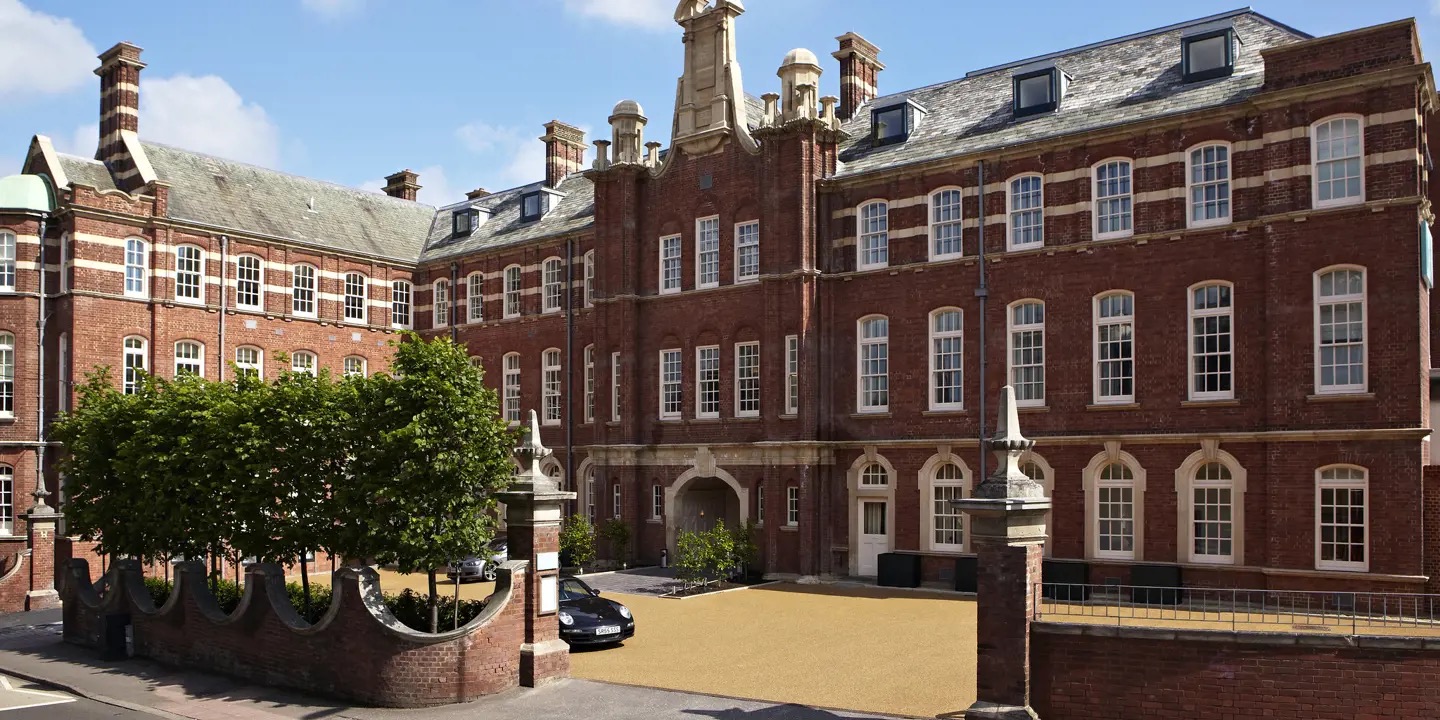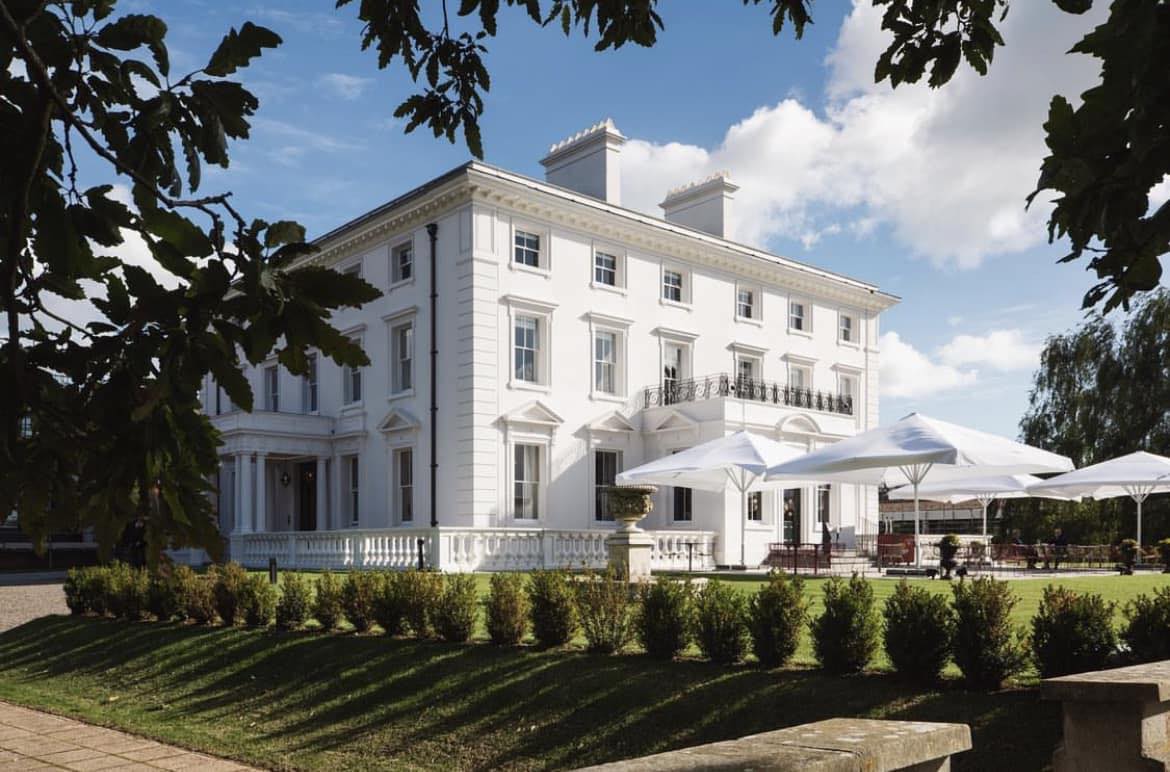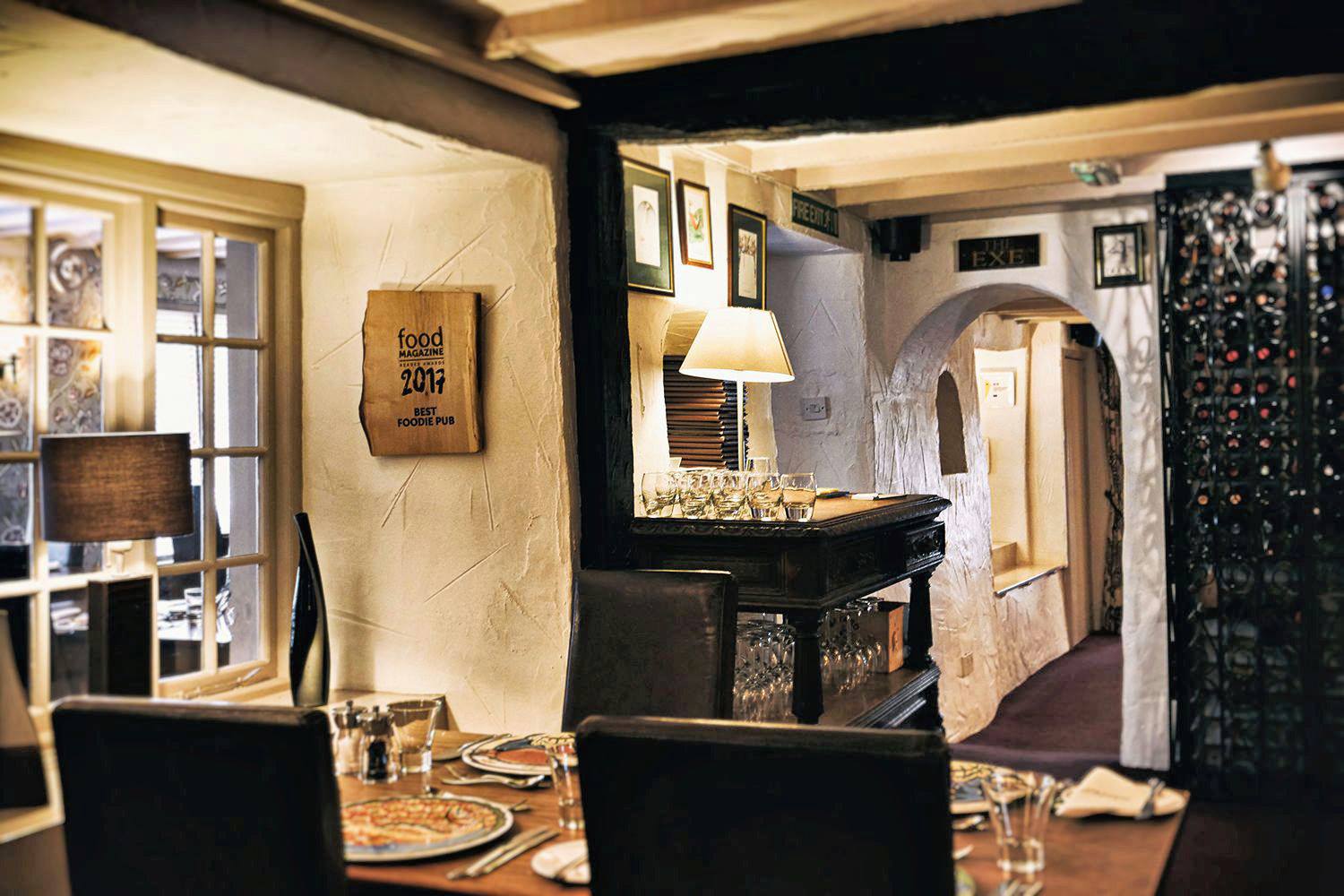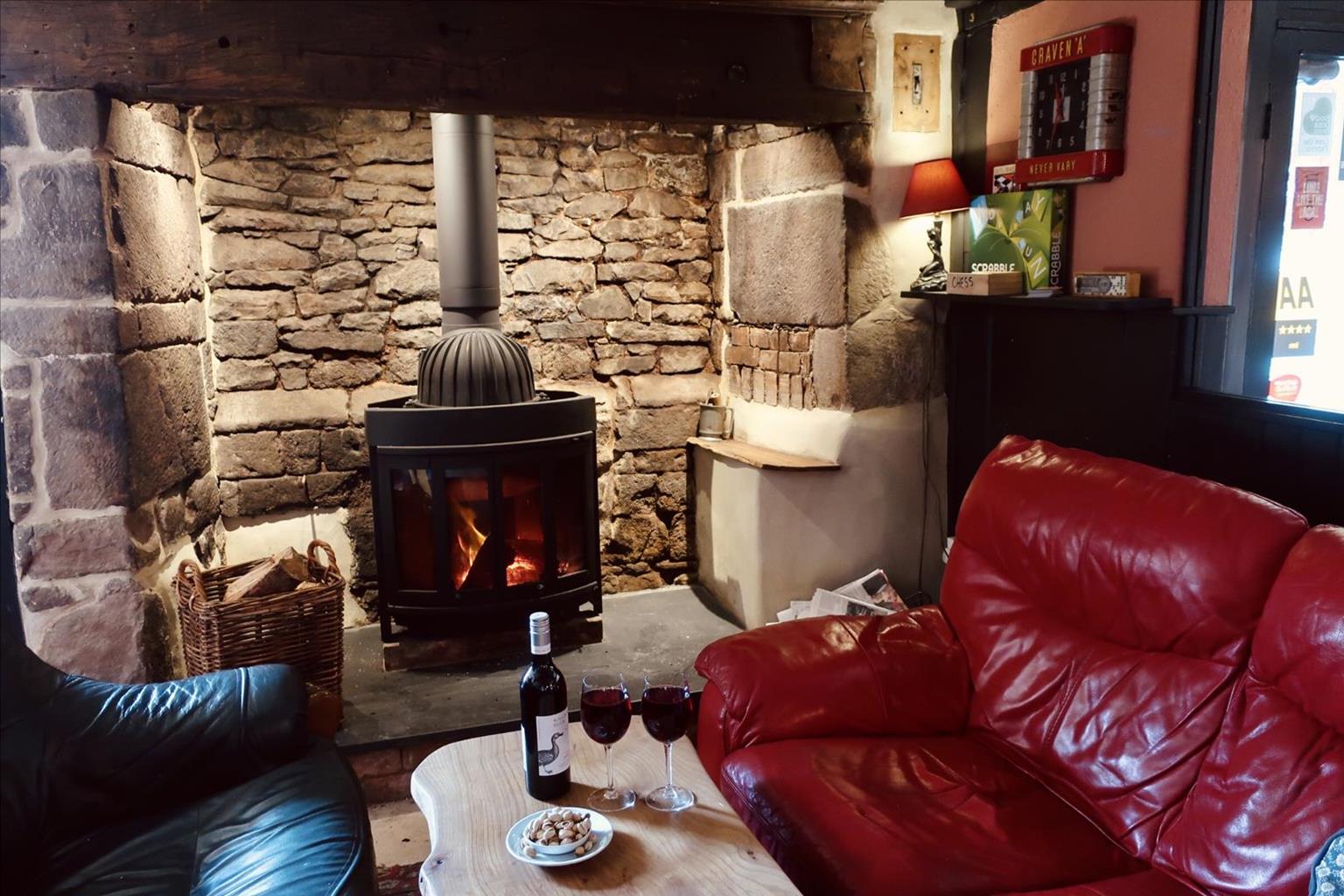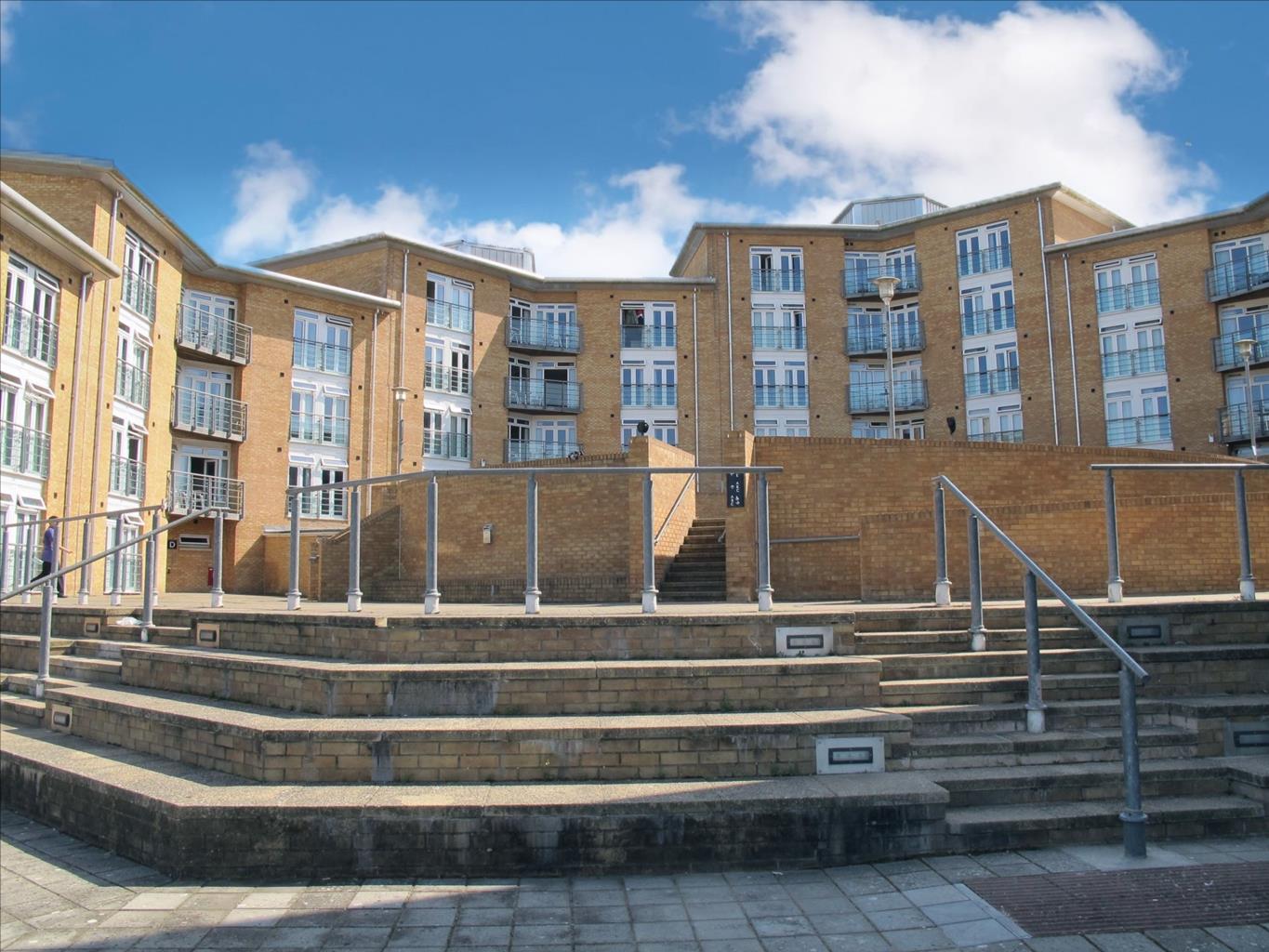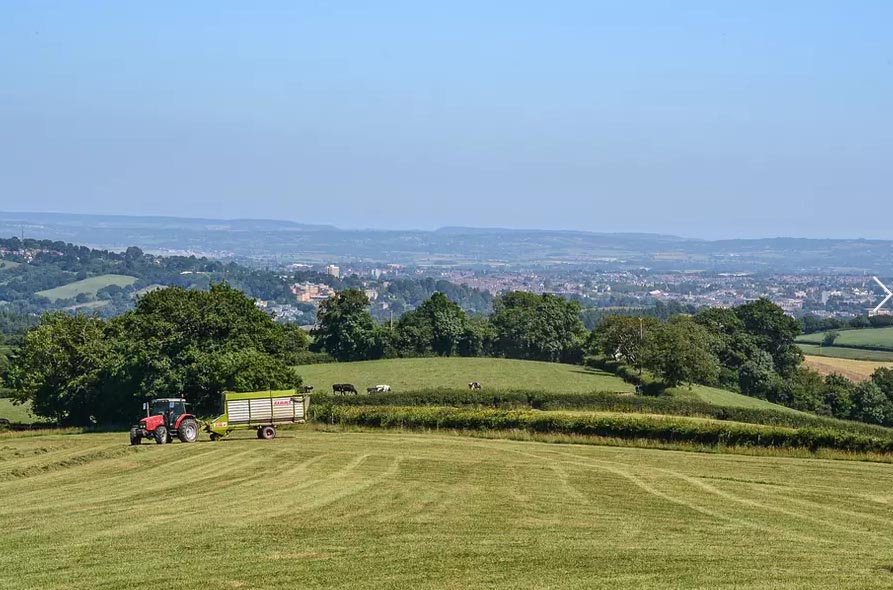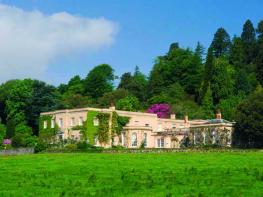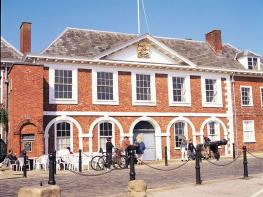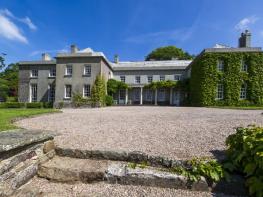Awaiting description. test new swimming pool. desc amends added here testfsfsfsfsdf
Along the Exe at Brampford Speke

4 miles (6.4kms)
About the walk
There is a secluded piece of Devonshire countryside lying just north of Exeter. Few would think of turning off the A377 Exeter to Crediton road to have a look around – but here is a beautiful area of undulating woods and farmland in the Exe Valley. Brampford Speke is just one of the pleasant cob and thatch villages that lies tucked away here, situated on a low cliff of red sandstone overhanging the River Exe as it meanders lazily through its flood plain. Victorian writer George Gissing described the village:
‘I have discovered a village called Brampford Speke on the Exe, which I seriously think is one of the most perfect I ever saw. One imagines that some lord of the manor must exert himself to keep it in a picturesque state.’
That impression still holds true today – you almost feel as if the river is relieved to reach Brampford Speke and is taking a rest after a long journey from its source. This is high on Exmoor to the north, from where it tumbles down through deeply wooded combes, past the Norman castle at Tiverton, under the bridge at Bickleigh and on to the flood plain. As you stroll along the banks of the Exe you may notice a number of places where it appears that the river has changed – or is going to change – its course. This is a common flood plain feature. The erosive power of the water alters as the river swings through the level plain, and starts to cut deeply into the outer bends of its course. At the same time silt and alluvial debris carried in its waters are deposited on the inner bends where the current is less strong. As time goes on the process intensifies until eventually the river cuts across the bend and carves a new course, leaving behind a curved ‘oxbow’ lake, separate from the river.
The fertile red soils of the Exe Valley, derived from Permian sandstones, provide good arable farmland and meadows, the best agricultural land in Devon. The area has been thickly populated and farmed for centuries.
At Upton Pyne a group of Bronze Age burial barrows has been dated to around 2000 bc. It was recorded in the Domesday Book (1086) that of 99 mills in Devon, three-quarters were located in or east of the Exe Valley. This was an important cloth-making area in the 14th century, with a large number of fulling (‘tucking’) mills (where woven cloth was flattened to improve its appearance). A tax return of 1332 recorded that 38 ‘tuckers’ were sufficiently well off to pay tax, and that a large percentage came from this area.
Walk directions
Follow Exe Valley Way (EVW) signs down Church Drive (private road) towards the church, then left past its west end and through a metal gate. The hedged path leads to a kissing gate under the lychgate and onto a lane.
Turn right and descend towards the river, crossing the Exe on a large footbridge. Bear left along a path. Note the old station and stationmaster’s house across the meadow to the right.
Follow the footpath sign; before reaching a five-bar gate take the path forking right, passing through a copse to a kissing gate. Keep along the right hedge of two fields to reach the river again and pass through a double kissing gate.
Bear right along the riverbank, soon crossing a stile into a huge and level riverside field. Continue alongside the river.
Eventually the path bears right away from the river down a hedged track and through a kissing gate. Turn immediately left along a green lane, keeping ahead where the EVW path goes sharp left (unsigned). The green lane leads across arable farmland to reach a lane corner by bungalows on the road to Rewe.
Turn right along the lane towards Stoke Canon to pass the old cross at Burrow Farm. Carry straight on to pass Oakhay Barton. Note: the Stoke Canon level crossing on the Exeter–Tiverton line ahead.
Just before the level crossing turn right through a kissing gate and along a fenced path. Pass through two more kissing gates to reach the line of the old railway trackbed. Just before a bridge pass through another kissing gate. The River Exe loops in on the left and Brampford Speke church is seen ahead above the river – it’s a beautifully serene spot. A kissing gate leads over a small bridge and through a copse. Another kissing gate leads back into marshy meadows: follow the path ahead to regain the footbridge over the river. (Note: in times of very wet weather bear right after the kissing gate to find a stepped footbridge which avoids the boggiest ground.)
Retrace your steps over the bridge and up the path, turning left at the lychgate and then back through the churchyard to your car.
Additional information
Grassy field paths, tracks and country lanes; several stiles
Watermeadows and farmland
Keep on lead in fields
OS Explorer 114 Exeter & the Exe Valley
On main road through the village to the west of St Peter's Church
None on route
<p>Do not park in the private drive called Church Drive leading to the church and house</p>
WALKING IN SAFETY
Read our tips to look after yourself and the environment when following this walk.
Find out more
Also in the area
About the area
Discover Devon
With magnificent coastlines, two historic cities and the world-famous Dartmoor National Park, Devon sums up all that is best about the British landscape. For centuries it has been a fashionable and much loved holiday destination – especially south Devon’s glorious English Riviera.
Close to the English Riviera lies Dartmoor, one of the south-west’s most spectacular landscapes. The National Park, which contains Dartmoor, covers 365 square miles and includes many fascinating geological features – isolated granite tors and two summits exceeding 2,000 feet among them.
Not surprisingly, in Dartmoor the walking opportunities are enormous. Cycling in the two National Parks is also extremely popular and there is a good choice of off-road routes taking you to the heart of Dartmoor and Exmoor. Devon’s towns and cities offer stimulating alternatives to the rigours of the countryside.
Nearby stays
Restaurants and Pubs
Nearby experiences
Recommended things to do
Why choose Rated Trips?
Your trusted guide to rated places across the UK
The best coverage
Discover more than 15,000 professionally rated places to stay, eat and visit from across the UK and Ireland.
Quality assured
Choose a place to stay safe in the knowledge that it has been expertly assessed by trained assessors.
Plan your next trip
Search by location or the type of place you're visiting to find your next ideal holiday experience.
Travel inspiration
Read our articles, city guides and recommended things to do for inspiration. We're here to help you explore the UK.

